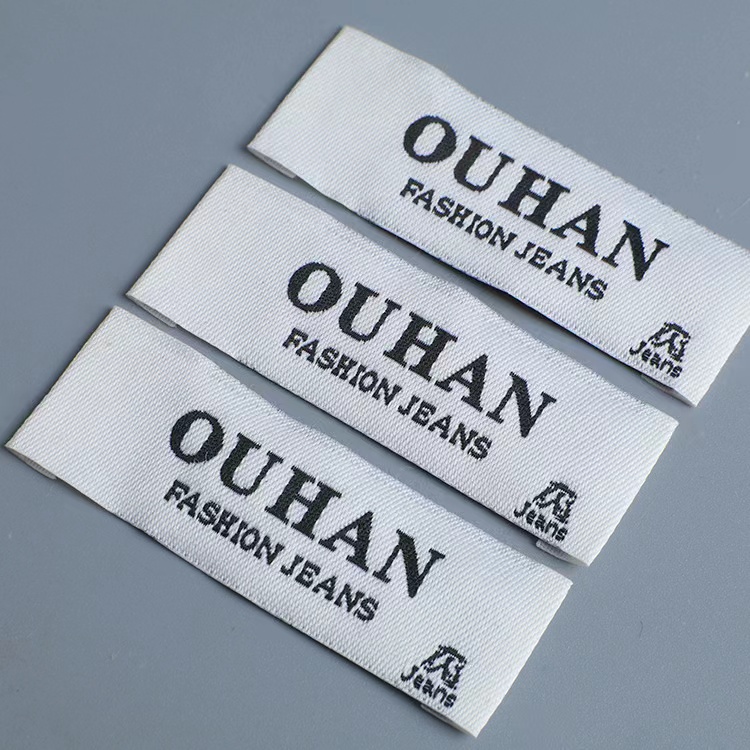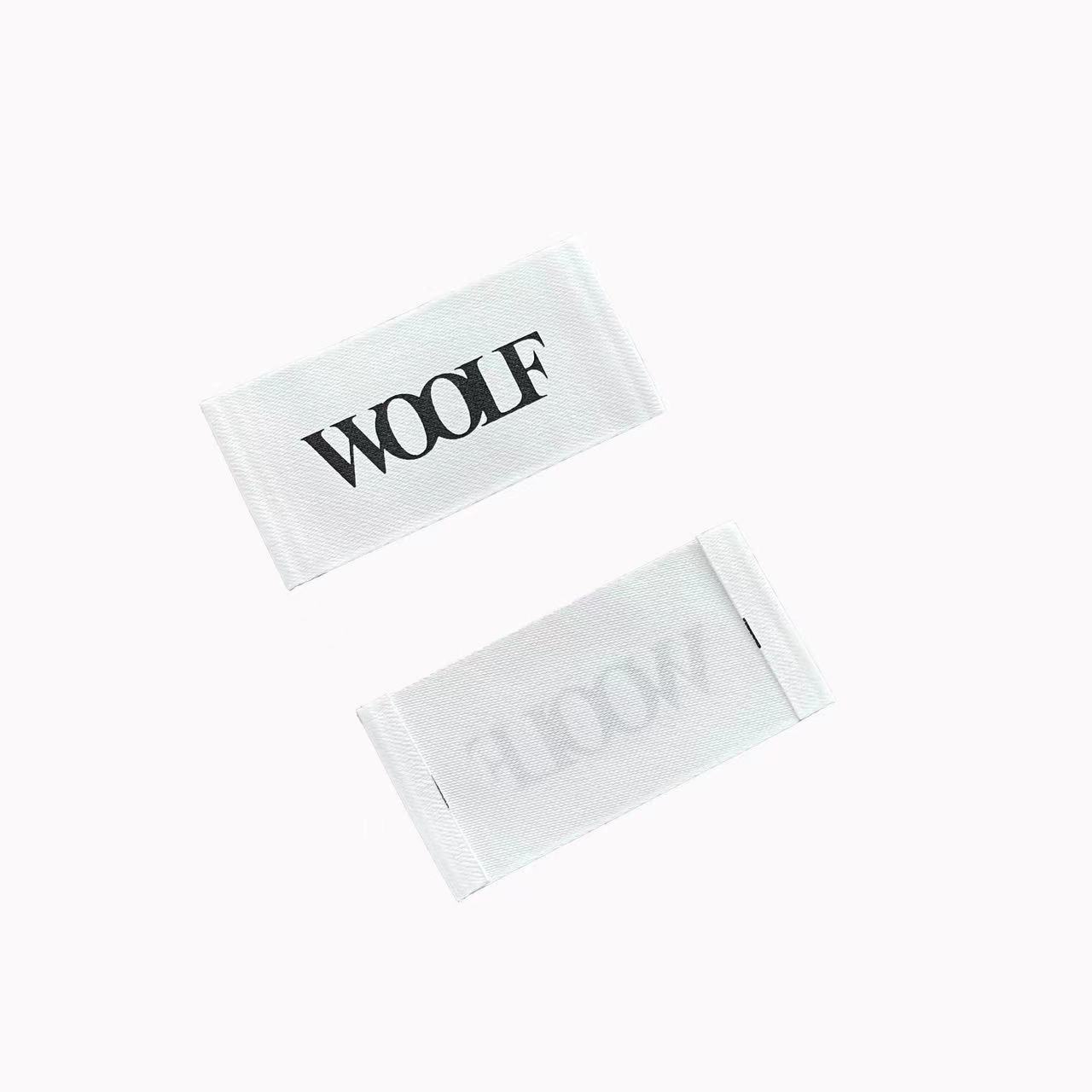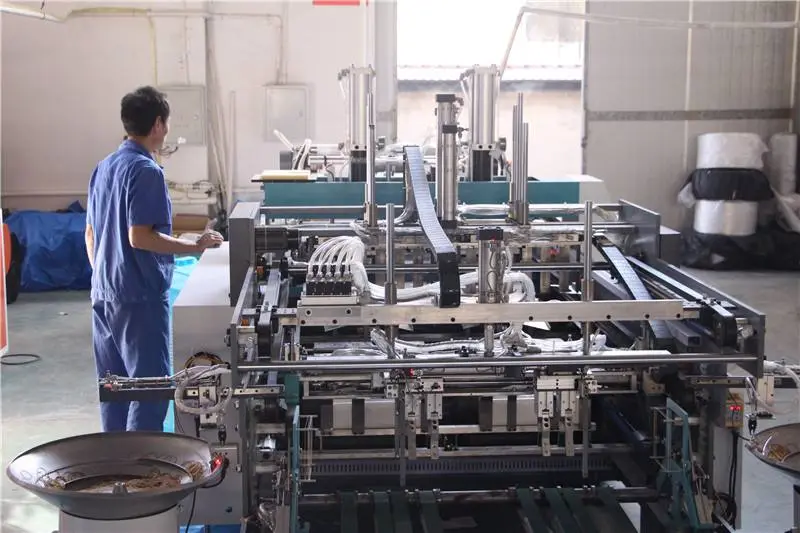Differences in woven label cutting methods?
Differences in woven label cutting methods
Woven labels are widely used in various garments, footwear, hats, home textiles, toys, handbags, suitcases, neckties, and more, serving as main labels, wash labels, size tags, and decorative labels. The processing of woven labels is flexible, allowing for heat cutting, ultrasonic cutting, and laser cutting in various widths (1-20 cm). Additionally, they can be edge-locked and finely crafted into badges, armbands, epaulets, etc., reaching technical standards on par with those in Europe and America.
Heat cutting is based on the characteristics of polyester, using a high-temperature cutting knife to cut the labels at the center point. Due to the high temperature, the yarn melts and fuses together, forming edges that do not fray. However, if there are machine malfunctions or operational errors during production, the edges may burn and become stiff and rough. Such labels may cause discomfort when used on clothing, making this method generally unsuitable for children's wear.


Ultrasonic cutting machines use an ultrasonic transducer to act on the cutting part of the product. The tool is pressed onto the cutting area, bringing it close to the ultrasonic mold. The ultrasonic energy is transmitted to the cutting zone through the mold. Due to the high acoustic resistance between the product and the ultrasonic mold, localized high temperatures are generated. Furthermore, because the product has poor thermal conductivity, the heat cannot dissipate in time, causing it to concentrate in the cutting area. This results in rapid melting of the surface under pressure, splitting the product into two parts. When the ultrasonic stops, the molten edges quickly solidify, forming a smooth and neat cut.
Laser cutting utilizes a laser generator to focus a high-power-density laser beam onto the material. The material absorbs the laser heat, causing its temperature to rise sharply. Once it reaches the boiling point, the material begins to evaporate, creating a hole, and eventually forming a slit. The CNC system controls the cutting speed, laser power, gas pressure, and cutting path. The slag in the cutting gap is blown away by an auxiliary gas under a certain pressure.



































